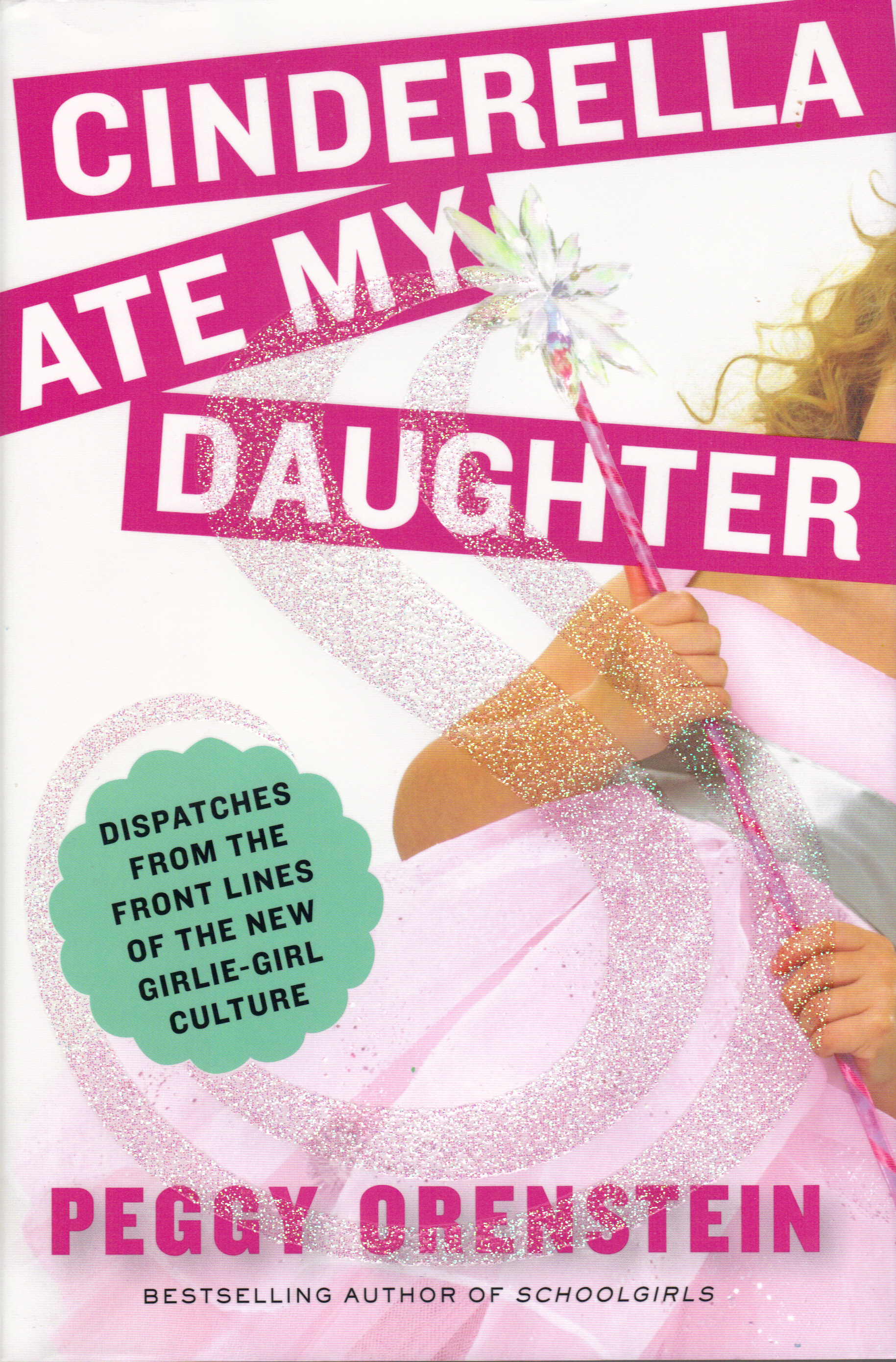

For many of us, if we wanted to play dress-up as girls, we raided our parents’ closet, where we could take on gender-neutral roles, like a farmer, if we so desired.


Not the least of these pressures is the “Princess” line of products launched by Disney in the year 2000. She covers several sources of pressure on girls to conform to the “girly” culture. In the book, Orenstein exposes how things have gone much beyond that. I first noticed the backsliding while watching reality TV, where women in their 20’s and even 30’s are routinely referred to as “girls” – something that would have been the object of loud protests in the 70’s.

These challenges are particularly dismaying to someone like me who, like Orenstein, grew up in a world where women struggled for equality both in the workplace and at home. Rather than pretending she knows it all or can always recognize – and make – the right choices, she confesses her confusion and the conflicting signals she sometimes gives her daughter. Part of the charm of this book is Orenstein’s conflicting thoughts and feelings as she navigates the challenges of raising a girl in the modern world. It promised to be both thought-provoking and entertaining. With a title like “ Cinderella Ate My Daughter,” how could I possibly pass up Peggy Orenstein’s book about how to raise an empowered and egalitarian daughter in the face of societal pressures to push her into gender-based preferences and roles? From premature sexualization to the risk of depression to rising rates of narcissism, the potential negative impact of this new girlie-girl culture is undeniable-yet armed with awareness and recognition, parents can effectively counterbalance its influence in their daughters' lives.Book Review: Peggy Orenstein's “Cinderella Ate My Daughter” The stakes turn out to be higher than she ever imagined. or do they?In search of answers, Peggy Orenstein visited Disneyland, trolled American Girl Place, and met parents of beauty-pageant preschoolers tricked out like Vegas showgirls. But how dangerous is pink and pretty, anyway? Being a princess is just make-believe eventually they grow out of it . . . And commercialization has spread the message faster and farther, reaching girls at ever-younger ages. Somewhere between the exhilarating rise of Girl Power in the 1990s and today, the pursuit of physical perfection has been recast as the source of female empowerment. Sweet and sassy or predatory and hardened, sexualized girlhood influences our daughters from infancy onward, telling them that how a girl looks matters more than who she is. Peggy Orenstein, acclaimed author of the groundbreaking New York Times bestsellers Girls & Sex and Schoolgirls, offers a radical, timely wake-up call for parents, revealing the dark side of a pretty and pink culture confronting girls at every turn as they grow into adults.


 0 kommentar(er)
0 kommentar(er)
